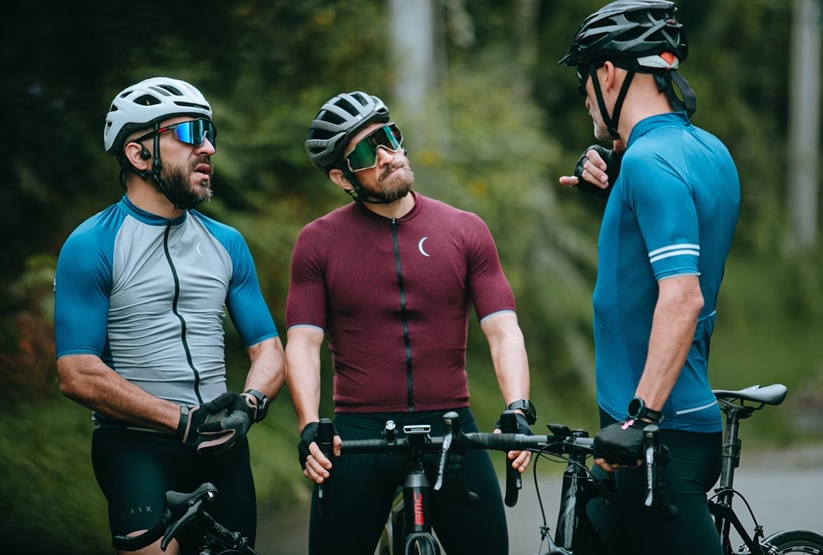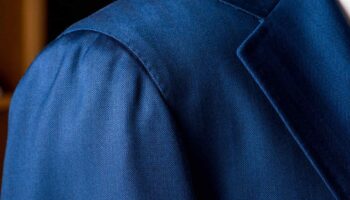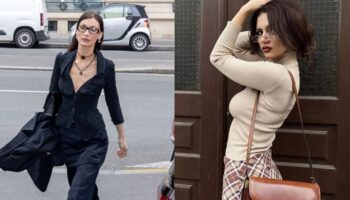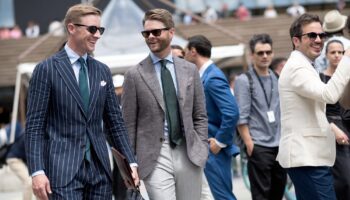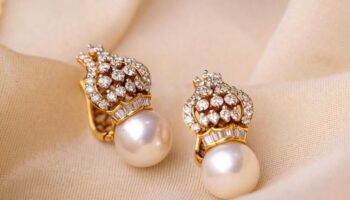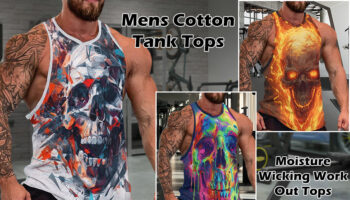When it comes to improving performance, most athletes think about footwear, diet, and training schedules. Yet one area that’s often overlooked is vision. Clear sight, protection from the elements, and the confidence that your eyes are shielded from injury can make a bigger difference than many people realise. That’s where sports eyewear comes in, offering a blend of practicality, comfort, and technology that supports athletes across disciplines.
Why Vision Matters More Than You Think
Eyesight is central to almost every sporting activity. From tracking a fast-moving ball on the pitch to judging distance on a cycling descent, athletes rely on their eyes to make split-second decisions. Even a minor distraction—glare, dust, sweat dripping into the eye—can slow reaction times or cause a mistake.
Sports eyewear is designed to reduce those distractions and optimise visual performance. Unlike everyday glasses, it accounts for movement, impact risk, and environmental conditions. For professional athletes, that edge can be the difference between winning and losing. For amateurs, it can be the difference between enjoying a safe game or heading home with an injury.
Protection Beyond the Basics
Injury prevention is one of the most overlooked benefits of sports eyewear. A football travelling at high speed, a stray hockey stick, or even harsh UV rays can all cause long-term damage to the eyes. Standard sunglasses or prescription glasses are not built to withstand these conditions.
Modern sports eyewear is engineered with shatter-resistant materials such as polycarbonate lenses and lightweight, durable frames. These not only resist impact but also stay securely in place during movement. For outdoor athletes, UV protection is essential, as prolonged exposure can contribute to cataracts and other eye conditions. Many models now include full-spectrum filters, shielding the eyes even in extreme sunlight.
Clarity in Every Environment
Different sports demand different visual adaptations. Runners and cyclists, for example, face challenges such as glare from wet roads or sudden shifts in light when moving from bright sunlight into shade. Sports eyewear often incorporates interchangeable lenses or advanced coatings to adjust to these conditions.
Polarised lenses reduce glare on water, making them essential for rowers, sailors, and anglers. Contrast-enhancing tints help tennis players pick out the ball against the court surface, while photochromic lenses adjust automatically to changing light levels, perfect for long-distance cyclists who train through dawn or dusk. Each small adjustment helps athletes maintain concentration and reduce strain.
Tailoring to Individual Needs
Prescription lenses have long been an obstacle for athletes. Wearing everyday glasses during sport isn’t just impractical; it can be unsafe. Sports eyewear now integrates prescription technology directly into performance lenses, meaning those with short-sightedness, long-sightedness, or astigmatism can enjoy the same benefits without compromise.
Contact lens wearers also benefit from sports-specific eyewear, as protective frames can block wind, dust, and other irritants. This is especially valuable in endurance events, where dry eyes caused by wind can quickly affect performance.
Comfort and Fit: The Unsung Heroes
All the technology in the world won’t matter if eyewear is uncomfortable. Athletes need frames that feel stable and unobtrusive, even during intense movement. Adjustable nose pads, non-slip temple grips, and lightweight designs ensure a secure fit. The best designs balance strength with comfort, allowing hours of wear without pressure marks or irritation.
Customisation has also advanced. Many brands now offer frames in multiple sizes and shapes, accommodating different face structures. This shift has made high-quality sports eyewear more accessible to a wider range of people, not just professionals.
The Psychological Edge
Confidence is as much a part of sport as physical ability. Knowing that your vision is clear, your eyes are safe, and your equipment won’t let you down provides a psychological advantage. Athletes can focus fully on their performance rather than worrying about distractions.
This mental edge can be especially important in competitive environments. Small boosts in confidence often translate into measurable improvements in results. Sports eyewear, therefore, becomes more than a practical accessory—it’s part of an athlete’s mindset.
Choosing the Right Pair
The choice of sports eyewear depends on the sport, environment, and personal needs. A few considerations include:
- Type of activity: High-impact sports like squash or rugby need maximum protection, while runners and cyclists prioritise aerodynamics and lens clarity.
- Light conditions: Indoor athletes may require clear, shatterproof lenses, while outdoor athletes benefit from polarisation or photochromic technology.
- Prescription needs: Those with corrective requirements should look for eyewear that integrates prescription lenses rather than compromising with contact lenses or clip-ins.
- Fit and comfort: Frames should be tried on and tested in movement where possible, ensuring they remain stable during action.
Investing in quality makes a difference, not only in durability but in overall performance. Cheaper alternatives often lack the precision, coatings, and impact resistance needed for true sporting benefit.
Technology in sports eyewear continues to evolve. Innovations such as anti-fog coatings, adaptive lenses that respond faster to changing light, and even smart eyewear with integrated performance tracking are becoming more common. As sport pushes boundaries, so too does the equipment that supports it.
What remains consistent, however, is the fundamental need for athletes at every level to protect and optimise their vision. From grassroots football to elite cycling, the right eyewear helps athletes see more clearly, perform more effectively, and stay safer in the process.

